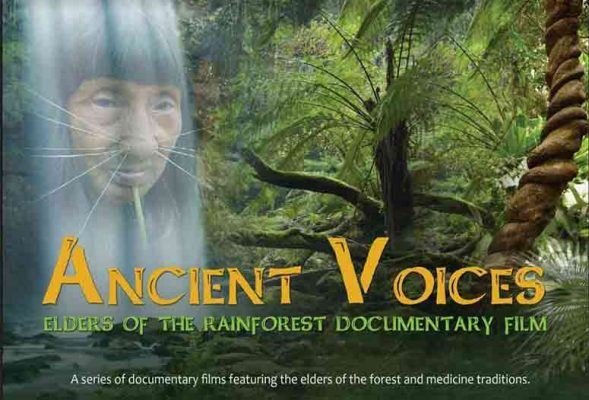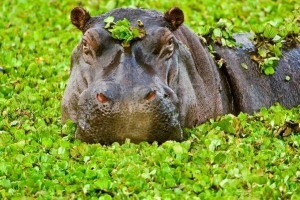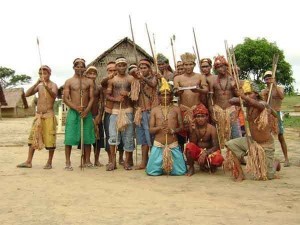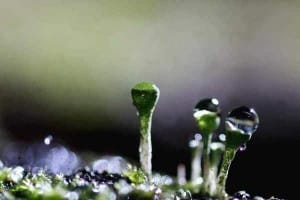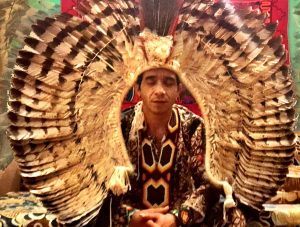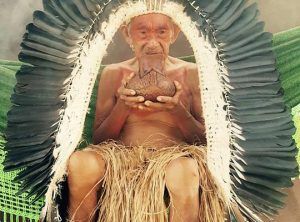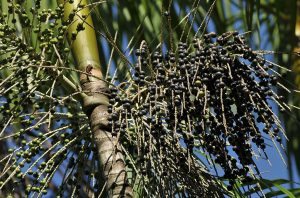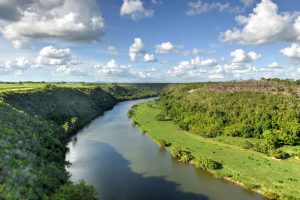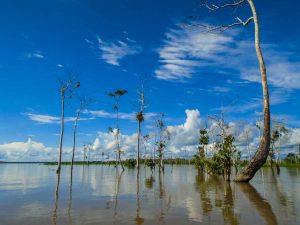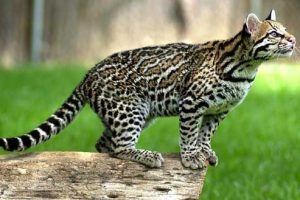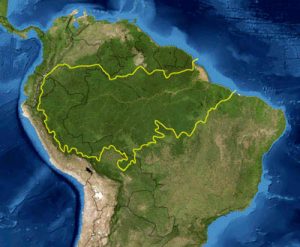Contemporary Brazil is more indigenous than is usually supposed. Although culturally transformed by the secular interaction of civilizational processes, the indigenous presence is strongly perceived in the physical type and customs of large segments of the population, especially among Brazilians in the Northeast, Amazon and Central West. If it is true that Brazilian indigenous groups are reduced to a small fraction of what they were in the past, it is also true that this segment of the population is now in full demographic recovery.
Despite all assimilationist pressures until the 1970s, indigenous groups did not dissolve into the body of the mestizo population. On the contrary, its population contingent has been recovering progressively. Brazilian indigenous groups have managed to maintain a reproduction rate higher than the national average in the last decades. Contrary to what had been anticipated, the Brazilian Indian did not turn white, nor was he totally exterminated, but in the last decades he began a slow and safe process of demographic recovery, to which he would have contributed, to a great extent, to the unfinished demarcation of the indigenous areas and the provision of state assistance services.
Cultural Influence of Indigenous Populations in Contemporary Brazil
The “Oca” (Traditional Amazon Indian Dwelling) and the headdress are expressive symbols that remind us of the presence of the Indian in the history of Brazil, but the cultural heritage left for all Brazilians is much wider and more present today.
To honor all indigenous peoples, on April 19th, reminds us of the traditions and shows its importance for the country and ultimately for the world.
The Indians were the first inhabitants of the Brazilian territory, much before the colonization by the Portuguese. Currently, there are an average of 300 indigenous peoples in Brazil, with more than 817 thousand Indians, according to studies carried out in 2010 by IBGE (Brazilian Institute of Geography and Statistics). Of this total, about 503 thousand live in the rural area and 315 thousand are in urban areas. According to data from Funai (National Indian Foundation), a governmental entity responsible for protecting the rights of Indians in Brazil, the majority of the population is in the North, specifically in the State of Amazonas and, secondly, in the Northeast, to Bahia.
Among the important traditions left by the Indians is the cuisine. The indigenous food most used throughout Brazil is cassava and its variations. Cashew and guarana are others well known at the Brazilian table. Dishes from hunting, such as the alligator mince and the duck in the tucupi, as well as fruits such as cupuaçu and açaí are part of the strong gastronomic culture of the North of the Country. Herbs and medicinal plants continue to be widely used healing beliefs, such as the tea of boldo, powder of guarana, alfavaca and sucupira seed.
The Portuguese language spoken in Brazil, unlike the language of Portugal, was influenced by the Tupi-Guarani language, which originated from the union between the Tupinambá and Guarani tribes. It is possible to identify this mixture in the words armadillo, cassava, cashew, carioca, popcorn, alligator, jabuti, among many others.
Or in the names Iracema, Tainá, Jacira and Ubiratan. Some place names also, as is the case of Ibirapuera, where “Ibira” means tree and “puera” something that has already happened. It can be said that Ibirapuera Park is the same as “place that was once bush.” Tietê River means “true river”. It also has the neighborhoods of Butantã, Itaim and the cities of Jacareí, Jundiaí and Piracicaba. In Rio de Janeiro, they are famous places like the Tijuca neighborhood, Ipanema beach and the Maracanã stadium.
The indigenous cultural influence in our lives goes from tales to customs. At school, children learn the legend of the Curupira, a forest dweller who protected plants and animals and had feet with heels to confuse the hunters. The character is a fiction of the writer Sérgio Buarque de Holanda, but it recalls the mania of the Indians of walking behind to confuse the Europeans and bandeirantes. There is also the “Papa-capim”, the Indian boy who lives in the Amazon Forest, a comic book character by Maurício de Souza. Walking barefoot around the house and sleeping in hammocks are habits inherited from the Indians.
We Honor these amazing cultures and the contributions they have left for humanity. In truth, the only truly sustainable people in the world today are these indigenous tribes. Who still today are able to live in complete harmony with the environment without destroying or mutilating it in any way shape or form. We owe a lot and can also learn a lot from the social organization of these fascinating societies and their impact in our lives. With Much Gratitude we ask that they always be protected from destruction and their voices be ever more heard in society and into the future.
Xara Xara
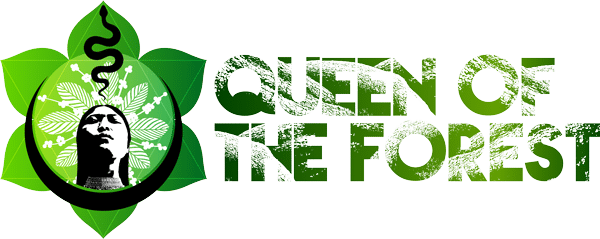





 Join the Tribe
Join the Tribe